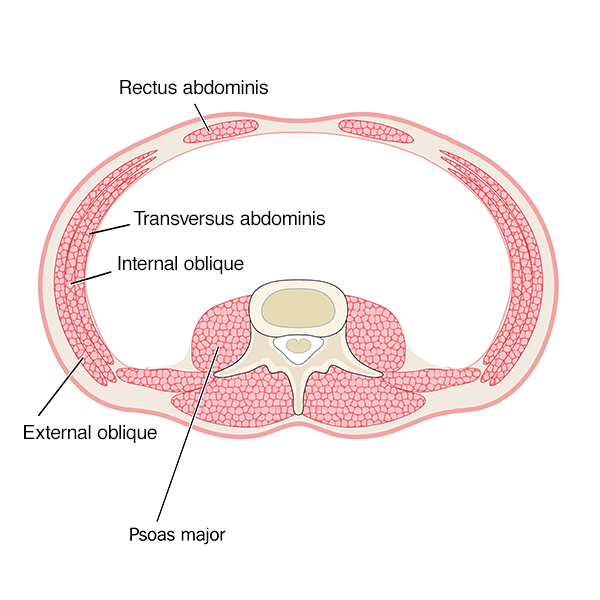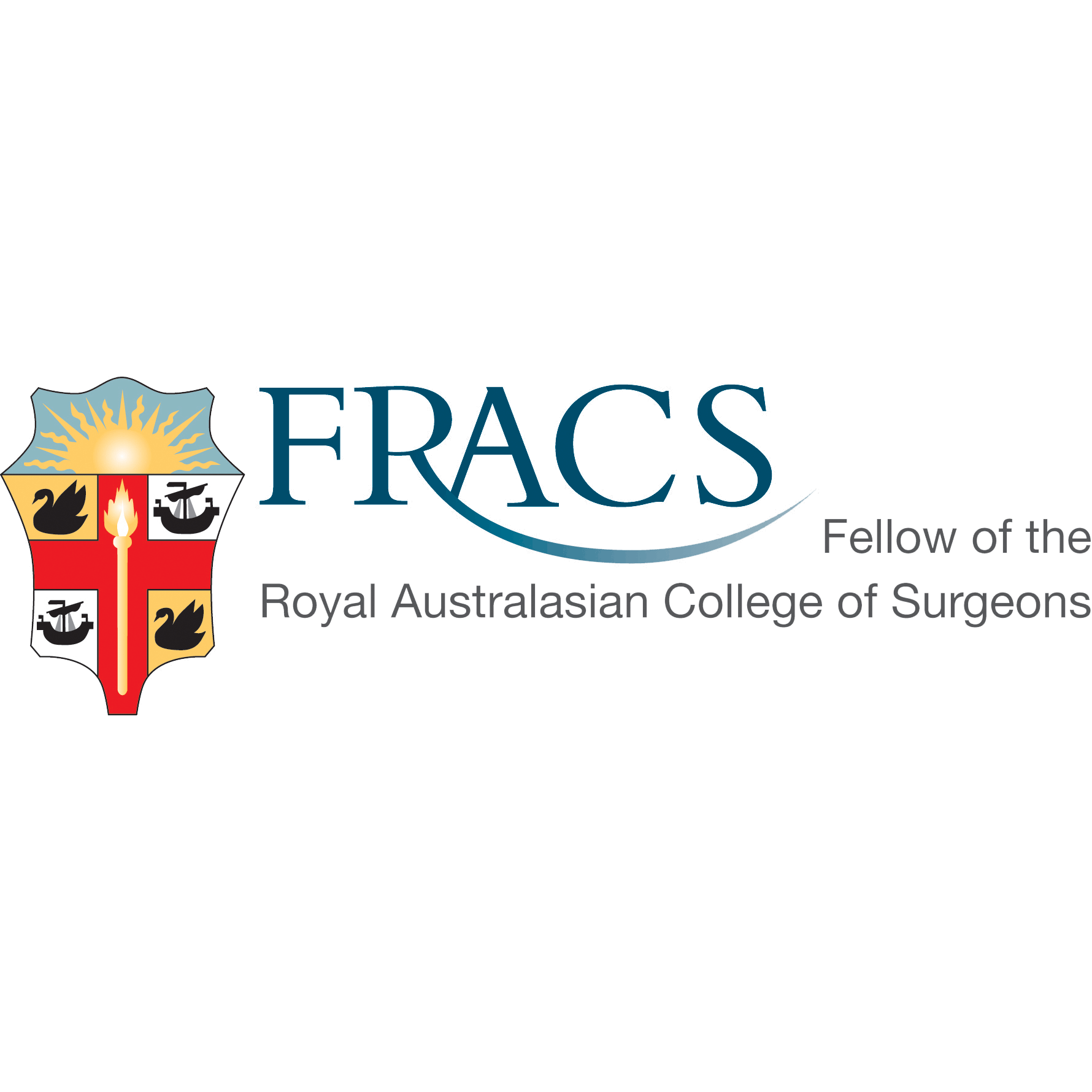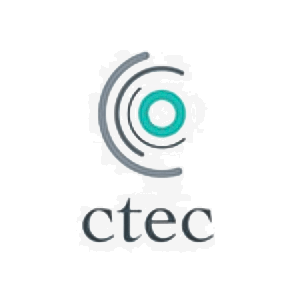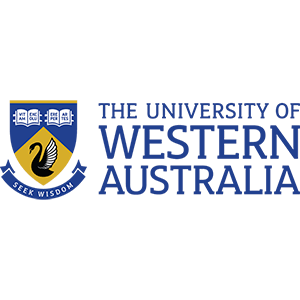Recti-diastasis
In this condition, there is a wider than normal separation of the rectus abdominis muscles (also known as the ‘6-pack’ muscle)

Rectus abdominis muscles. Normal abdomen.

Recti-diastasis.
The tissue between the rectus abdominis muscle is a fascia (tough tissue but not muscle), called the linea alba. When the abdominal pressure is increased (with pregnancy, coughing, abdominal straining, lifting weights) because it is not a muscle, the midline fascia is not able to provide a counterbalance to this additional pressure. There is a bowing out of this facia layer. This gives the appearance of a lump in the midline area of the abdomen, above the belly button.
However, as there is no abnormal organ protruding through a muscular defect, it is not a hernia and therefore does not have the risk of hernia complication.


Cross section of the area.
Common causes of recti diastasis
- pregnancy and post-partum
- chronic increased intra-abdominal pressure—such as chronic liver disease
- obesity and rapid weight change
- incorrect exercise, bodybuilding or weightlifting.
Symptoms
- Bulge in the abdomen
The most common presentation symptom is that of a bulge in the midline of the abdomen. At the early stage, this may be mistaken as increased weight. It may also be noticeable only when the patient is involved in certain activities. - Abdominal pain
- Change in the belly button appearance
- Hernia formation.


Clinical examples
Management
- Physiotherapist and exercise. Typically, the management consists of exercise and postural management.
- Surgery. This treatment modality tends to be applied to patients who have failed conservative management.
Open repair
This is done through a medium length incision in the middle of the abdomen. The redundant linea alba is excised (removed). The rectus muscles are then brought together with the use of sutures. Quite often a piece of mesh is placed in the space behind the rectus muscle to reinforce the repair. Any redundant skin and fat layers are then excised prior to the closure.
Laparoscopic repair
This is typically used when a concurrent ventral hernia repair is needed. This repair is performed through several small incisions in the abdominal wall allowing the repair to be done from the inside of the abdomen. Similar to the open repair, the recti muscles are approximated with internally placed sutures. The repair can be done with or without the use of mesh.
Endoscopic repair
This is a minimal access surgery (‘keyhole’) performed through a number of small incisions. The dissection is performed in the retro rectus space (the space behind the ‘six-pack’ muscles). The recti muscles are approximated. Any excess tissue may need to be resected. A mesh is typically placed behind the operative space.
Comparative study between physiotherapy and surgery
“The results showed that surgery significantly improved pain scores on the validated ventral pain questionnaire compared with physiotherapy.”
https://www.frontiersin.org/articles/10.3389/fsurg.2019.00065/full
https://www.frontiersin.org/articles/10.3389/fsurg.2019.00065/full
Complications
- Wound infection.
- Haematoma/seroma—blood or fluid collection.
- Wound dehiscence (wound edges separating).
- Intraabdominal organs injury.
- Hernia recurrence.
Postoperative care
- Patients typically will be in the hospital for 3–4 days.
- Upon discharge patient will be contacted by the Post Operative Care Nurse Consultant to ensure optimum recovery.
- Patient will be reviewed in 2 weeks.
- Patient will be provided with instruction on postoperative exercise.
- Patients will normal require at least two weeks off work. if work requires intense physical activities, a longer period off work may be needed.
Please also see: Hernia – overview
Clinical Associate Professor Hairul Ahmad
MB BS, FACEM (1999), FRACS, MS
Suite 12, Waikiki Specialist Centre,
217 Willmott Drive, Waikiki
Practice Details
Waikiki
Suite 12, Waikiki Specialist Centre,
217 Willmott Drive, Waikiki WA 6169
(08) 9592 2298
Fax: (08) 6314 1524
or email us
Office hours
9am–4pm Monday to Thursday
Affiliations




© 2024 All Rights Reserved. Content and images on this website are subject to copyright.
Email us | Sitemap | Disclaimer | Login







